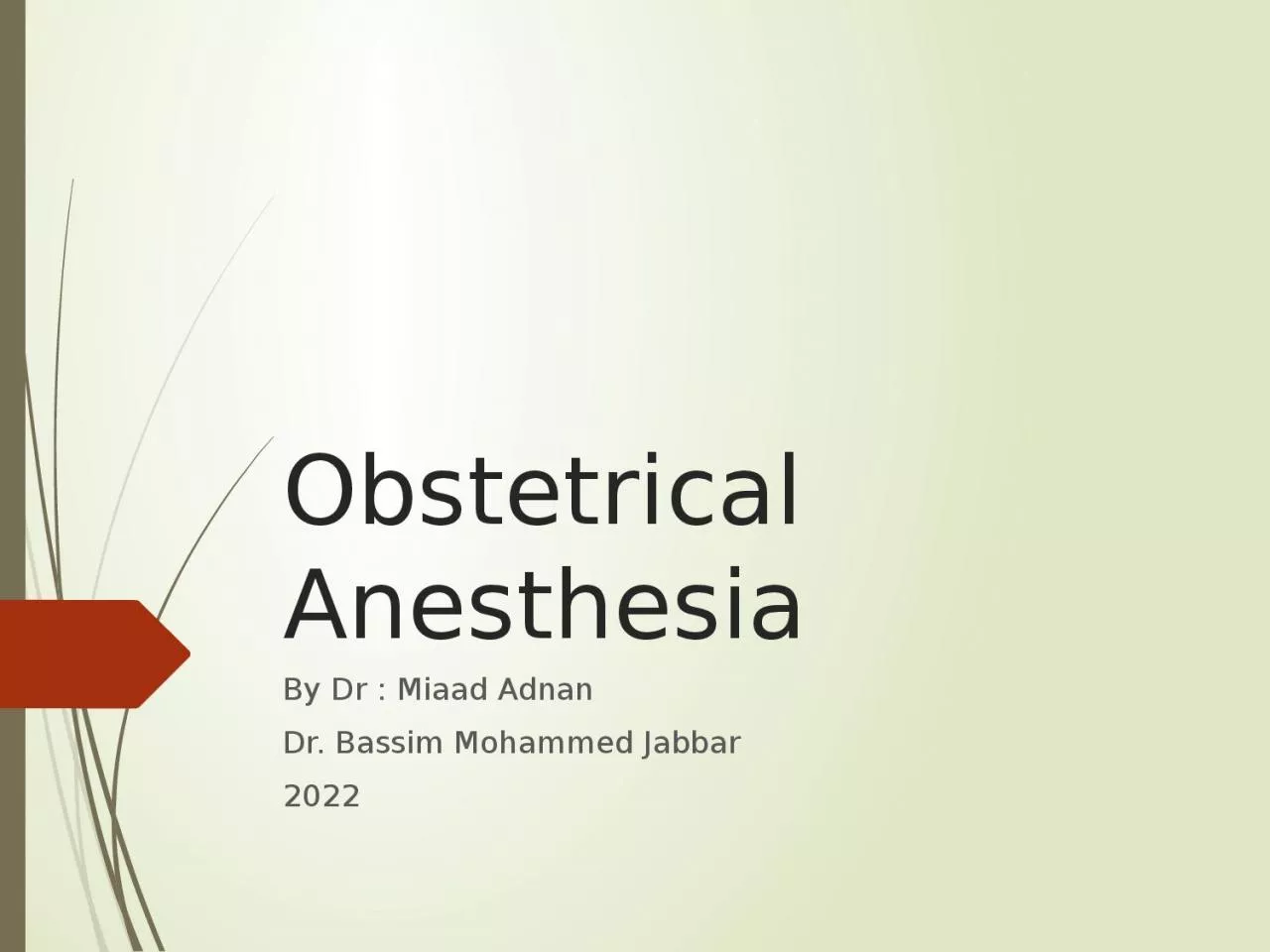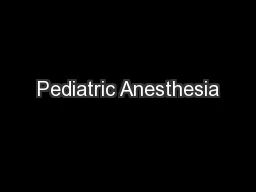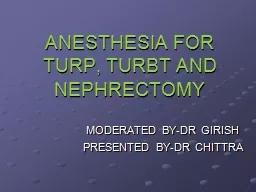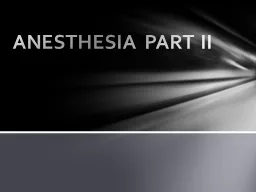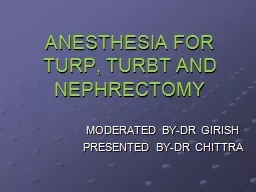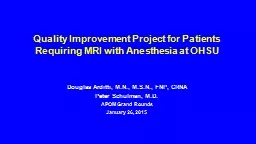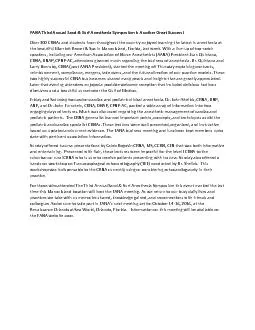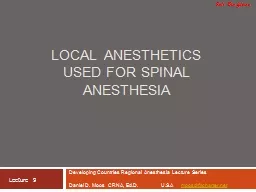PPT-Obstetrical Anesthesia By
Author : valerie | Published Date : 2023-07-14
Dr Miaad Adnan Dr Bassim Mohammed Jabbar 2022 Physiological Change In Pregnancy From early in the 1st trimester of pregnancy a womans physiology changes rapidly
Presentation Embed Code
Download Presentation
Download Presentation The PPT/PDF document "Obstetrical Anesthesia By" is the property of its rightful owner. Permission is granted to download and print the materials on this website for personal, non-commercial use only, and to display it on your personal computer provided you do not modify the materials and that you retain all copyright notices contained in the materials. By downloading content from our website, you accept the terms of this agreement.
Obstetrical Anesthesia By: Transcript
Download Rules Of Document
"Obstetrical Anesthesia By"The content belongs to its owner. You may download and print it for personal use, without modification, and keep all copyright notices. By downloading, you agree to these terms.
Related Documents

